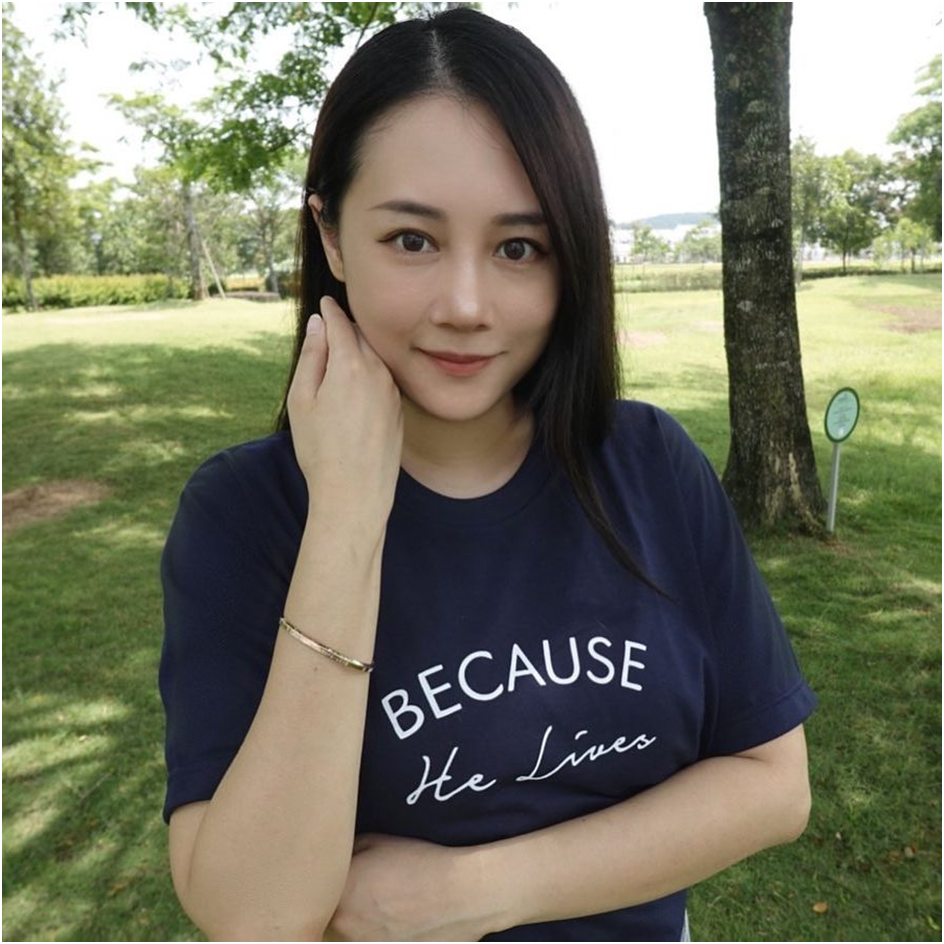-
 Hamza 6 months ago
Hamza 6 months agoVintage dresses hold a timeless allure that transcends the fleeting trends of modern fashion. Each vintage dress is a unique piece of history, capturing the essence of the era from which it was created. From the elegant gowns of the 1920s flapper era to the flowing bohemian dresses of the 1970s, these garments tell stories of societal shifts, cultural movements, and the creativity of designers from decades past. The craftsmanship of vintage dresses is unmatched in many cases, with attention to detail that is often lost in today’s mass production world. Fine materials like silk, satin, and chiffon were carefully chosen for their durability and luxurious feel, while intricate embellishments like beadwork, lace, and embroidery added a level of artistry to each piece. Wearing a vintage dress is not only about fashion; it’s about connecting with the past and celebrating the artistry and craftsmanship that went into its Vintage Clothes Shopping.
The individuality of vintage dresses is one of their greatest appeals. In a world dominated by fast fashion, where trends are mass-produced and widely available, vintage dresses offer a sense of uniqueness and exclusivity. Each piece is often one-of-a-kind or produced in limited quantities, making it rare and special. Whether it’s a 1950s full-skirted dress or a 1980s power suit, vintage clothing allows the wearer to express their personal style in a way that feels authentic and distinct. These dresses are more than just clothing; they are reflections of the wearer’s personality, history, and values. Vintage fashion allows for creative self-expression, as it encourages the wearer to blend the old with the new, combining modern accessories with classic designs to create something fresh and personalized.
Beyond their individuality, vintage dresses also carry with them a sense of sustainability that is becoming increasingly important in today’s fashion world. The modern fashion industry, with its reliance on fast production and disposable clothing, has a significant environmental impact, contributing to waste and pollution. Vintage fashion, however, offers an eco-friendly alternative by promoting the reuse of existing garments rather than the creation of new ones. Many vintage dresses were crafted from high-quality materials that were designed to last, meaning they can be worn and cherished for years, even decades. By choosing to buy vintage, consumers are not only making a stylish choice but also a sustainable one. Purchasing and wearing vintage pieces helps to reduce textile waste, supports ethical fashion practices, and ensures that beautiful, well-crafted clothing continues to be enjoyed rather than discarded.
The versatility of vintage dresses further contributes to their lasting appeal. These garments can be styled in a variety of ways, allowing them to seamlessly integrate into contemporary wardrobes. A vintage dress is not confined to a particular occasion; it can be dressed up for formal events or dressed down for casual outings. A 1960s mod dress can be paired with sleek, modern accessories for a trendy, minimalist look, while a 1970s floral maxi dress can be styled with contemporary sandals and a leather jacket for a chic bohemian vibe. Vintage dresses offer endless possibilities for mixing and matching, allowing the wearer to experiment with different styles and create unique outfits that reflect their personal aesthetic. This adaptability makes vintage dresses a valuable investment for anyone looking to add timeless, versatile pieces to their wardrobe.